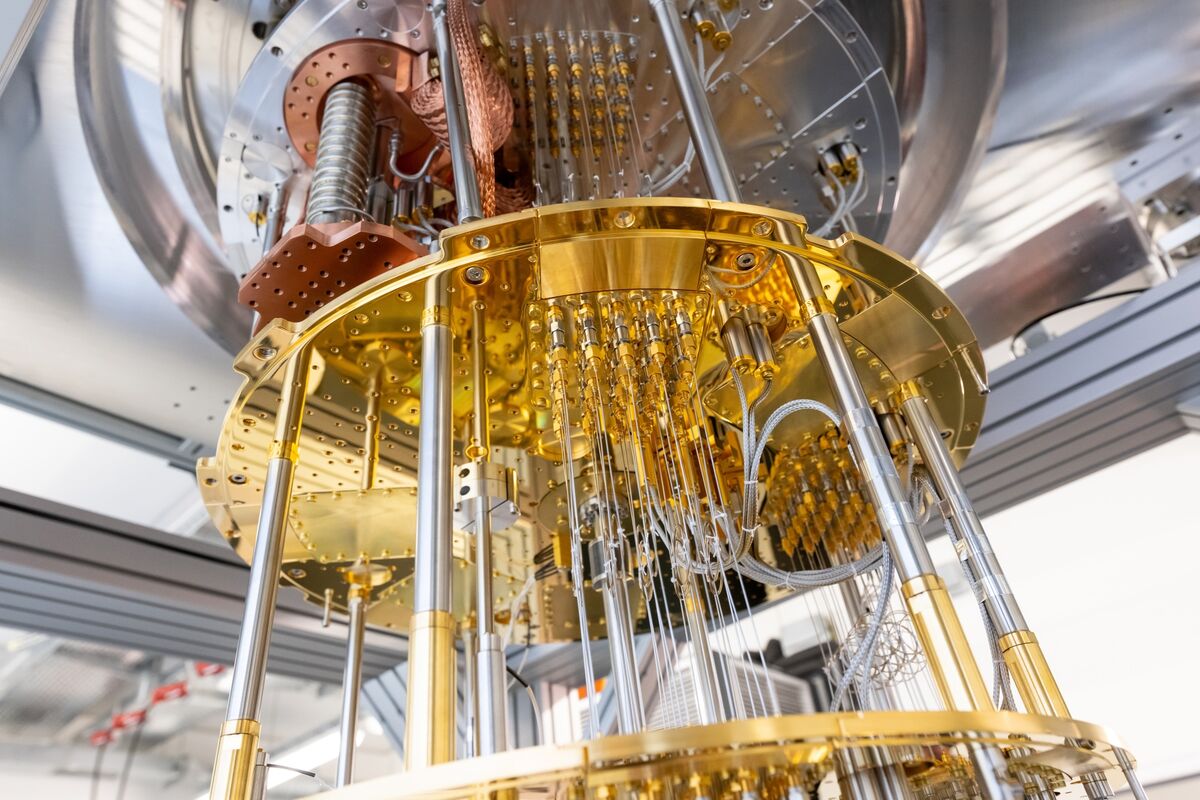Four decades ago, physicists were theorizing that the mind-bending mechanics of quantum physics could be harnessed to make a new kind of computer that’s exponentially more powerful than conventional machines. A series of breakthroughs has now brought “quantum utility” closer to reality. A race is on to develop machines that are accurate enough to faithfully model the behavior of complex real-world phenomena and deliver a leap forward in fields as varied as drug development, financial modeling and artificial intelligence.
They can do things that classical computers can’t. Google revealed in December that its latest quantum processor, Willow, had solved a problem in five minutes that the world’s most powerful supercomputers wouldn’t have been able to solve even if they had been working on it since the universe began.
